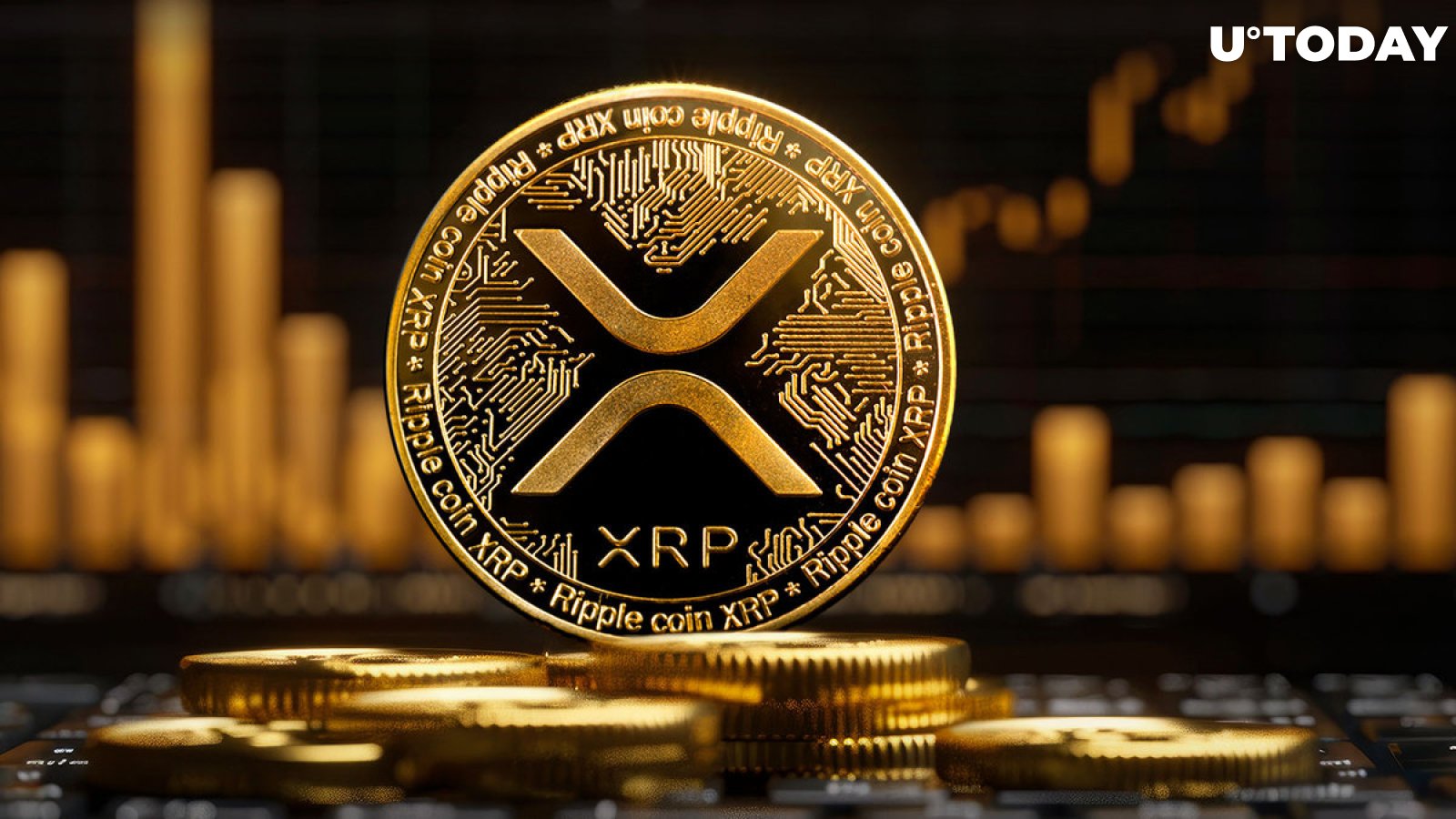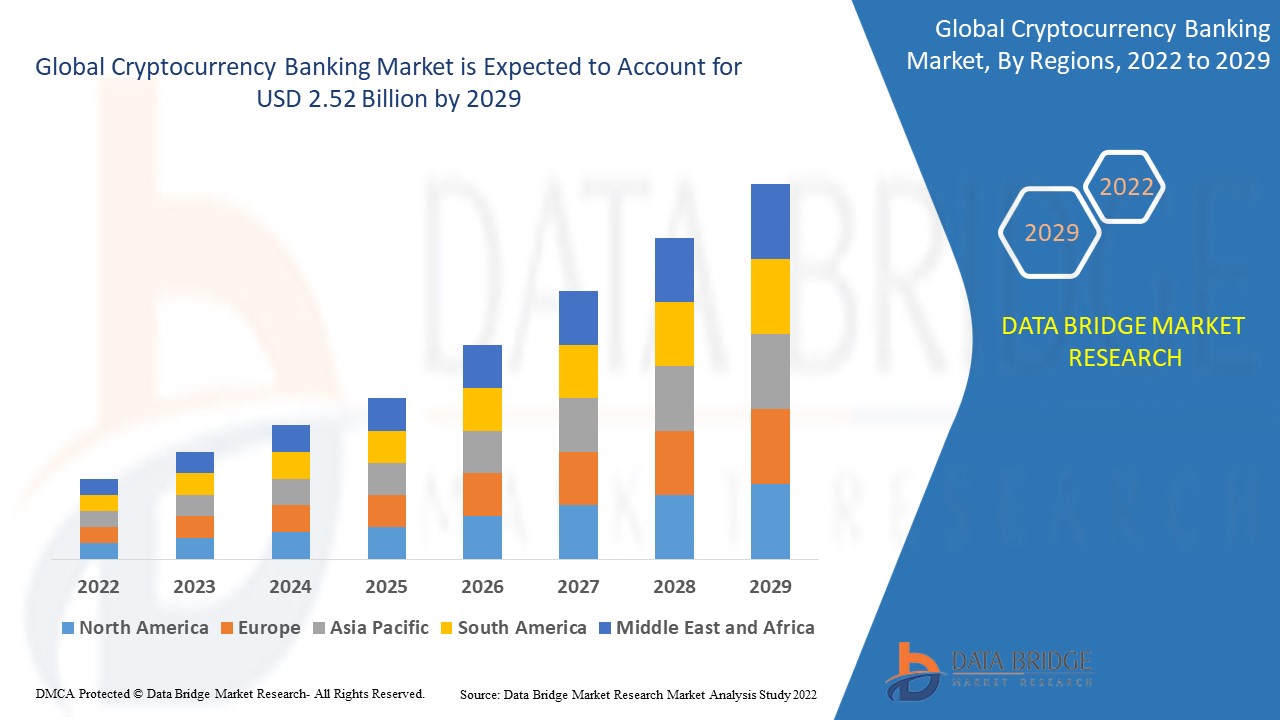Welcome to the ultimate showdown between XRP and traditional banking! As the proud owner of xrpauthority.com and a seasoned cryptocurrency connoisseur, I’ve seen it all – from the wild fluctuations of Bitcoin to the steady rise of XRP. If you’re wondering which is more efficient – stuffing your money under the mattress or diving headfirst into the world of digital assets – then you’ve come to the right place. Join me as we explore the XRP investment potential, the disruptive power of Ripple’s blockchain innovation, and why traditional banks are shaking in their loafers at the thought of this upstart digital asset. So grab your popcorn, buckle up, and let’s dive deep into the electrifying world of XRP versus traditional banking!
📌 Overview of XRP vs. Traditional Banking: Which Is More Efficient?

Welcome, fellow crypto enthusiasts! Today, we dive deep into the fascinating world of XRP and traditional banking, answering the burning question: Which is more efficient? Buckle up and get ready for an exhilarating ride as we explore the ins and outs of these two financial powerhouses.
What is XRP?
Before we dive into the efficiency battle, let’s quickly recap what XRP is. XRP is a digital currency created by Ripple Labs, designed to facilitate fast and low-cost international money transfers. It aims to revolutionize the world of cross-border payments by eliminating the need for traditional banking intermediaries.
On the other hand, traditional banking is a well-established system where financial institutions, such as banks, act as intermediaries for transactions. It’s the way things have been done for centuries, but is it still the most efficient option? Let’s find out!
The Efficiency Showdown Begins
Now that we have a basic understanding of XRP and traditional banking, let’s compare their efficiency in various aspects. Get ready for some mind-blowing insights!
📈 How XRP vs. Traditional Banking: Which Is More Efficient? Impacts XRP’s Market Position and Potential Growth

When it comes to market position and potential growth, the efficiency of XRP compared to traditional banking plays a significant role. Here’s how:
XRP’s Market Position
- XRP’s efficiency in cross-border payments has positioned it as a strong competitor in the cryptocurrency market.
- Its partnerships with major financial institutions have boosted its credibility and market adoption.
- The ability to settle transactions in seconds gives XRP an edge over traditional banking systems.
Potential Growth
- As XRP continues to prove its efficiency, more financial institutions are likely to adopt it, leading to increased demand and potential growth.
- The scalability and low transaction fees of XRP make it an attractive option for businesses and individuals alike.
- With Ripple Labs’ continuous innovation and strategic developments, the future looks bright for XRP’s growth.
Now that we’ve seen how XRP’s efficiency impacts its market position and potential growth, let’s dive into the current market trends.
🔍 Analysis of Current Market Trends Related to XRP vs. Traditional Banking: Which Is More Efficient?

Understanding the current market trends is crucial in assessing the efficiency of XRP compared to traditional banking. Let’s analyze the latest developments:
Increasing Adoption of XRP
- The adoption of XRP by financial institutions and payment providers is on the rise, indicating a growing recognition of its efficiency.
- Partnerships with major players in the industry, such as MoneyGram, have propelled XRP’s market presence.
- The integration of XRP into various payment platforms further solidifies its position as a formidable competitor to traditional banking.
Rise of Decentralized Finance (DeFi)
- The emergence of DeFi has challenged the traditional banking system, offering decentralized alternatives with increased efficiency.
- XRP’s integration with DeFi platforms opens up new opportunities for users to leverage its efficiency in various financial activities.
- As DeFi gains traction, traditional banking may face increased competition from XRP and other cryptocurrencies.
Now that we’ve explored the current market trends, let’s weigh the benefits and risks of investing in XRP compared to traditional banking.
✅ Key Benefits and ⚠️ Risks of Investing in XRP Related to XRP vs. Traditional Banking: Which Is More Efficient?

Investing in XRP comes with its own set of benefits and risks. Let’s take a closer look at what you can expect:
Benefits of Investing in XRP
- Rapid transaction settlement and low fees make XRP an attractive option for international remittances and cross-border payments.
- The potential for significant growth as more financial institutions recognize and adopt XRP’s efficiency.
- Participating in the disruption of the traditional banking system and supporting the evolution of global finance.
Risks of Investing in XRP
- The volatility of the cryptocurrency market poses risks to XRP’s value and potential returns on investment.
- Regulatory uncertainties surrounding cryptocurrencies may impact XRP’s adoption and market stability.
- Competition from other cryptocurrencies and technological advancements could affect XRP’s market position.
Now that we’ve covered the benefits and risks, let’s explore Ripple’s strategic developments and innovations that further enhance the efficiency of XRP.
🚀 Ripple’s Strategic Developments or Innovations Relevant to XRP vs. Traditional Banking: Which Is More Efficient?

Ripple Labs, the driving force behind XRP, has been making strategic developments and innovations to further enhance its efficiency. Here are some notable ones:
xRapid and On-Demand Liquidity
- xRapid is Ripple’s solution that utilizes XRP for instant liquidity and reduced transaction costs.
- By leveraging XRP’s speed and efficiency, financial institutions can eliminate the need for pre-funded accounts in different currencies.
- This innovation streamlines cross-border payments and improves efficiency for both financial institutions and end-users.
RippleNet and Interoperability
- RippleNet is Ripple’s global payments network that connects financial institutions and payment providers.
- Through RippleNet’s interoperability, participants can leverage XRP’s efficiency to settle transactions across borders.
- This innovation promotes seamless and cost-effective international money transfers, reducing reliance on traditional banking systems.
Now that we’ve explored Ripple’s strategic developments, it’s time for some insider insights and tips from XRPAuthority!
💡 Investor Insights: XRPAuthority’s Tips and Tricks for XRP vs. Traditional Banking: Which Is More Efficient?

As seasoned XRP enthusiasts, we’ve gathered some valuable insights and tips to help you navigate the XRP vs. traditional banking efficiency battle:
1. Diversify Your Portfolio
While XRP shows great potential, it’s essential to diversify your cryptocurrency portfolio to mitigate risks.
2. Stay Informed
Keep a close eye on market trends, regulatory developments, and Ripple’s strategic announcements to make informed investment decisions.
3. Consider Long-Term Investment
Investing in XRP requires a long-term perspective. Don’t get swayed by short-term market fluctuations and focus on the bigger picture.
4. Seek Professional Advice
If you’re new to the world of cryptocurrencies or unsure about investment strategies, consider consulting a financial advisor for guidance.
With these insights in mind, you’re ready to navigate the efficiency battle between XRP and traditional banking like a pro!
That concludes our comprehensive dive into the significance of XRP vs. Traditional Banking: Which Is More Efficient? We hope you found this article informative, engaging, and maybe even a little funny. Happy investing!